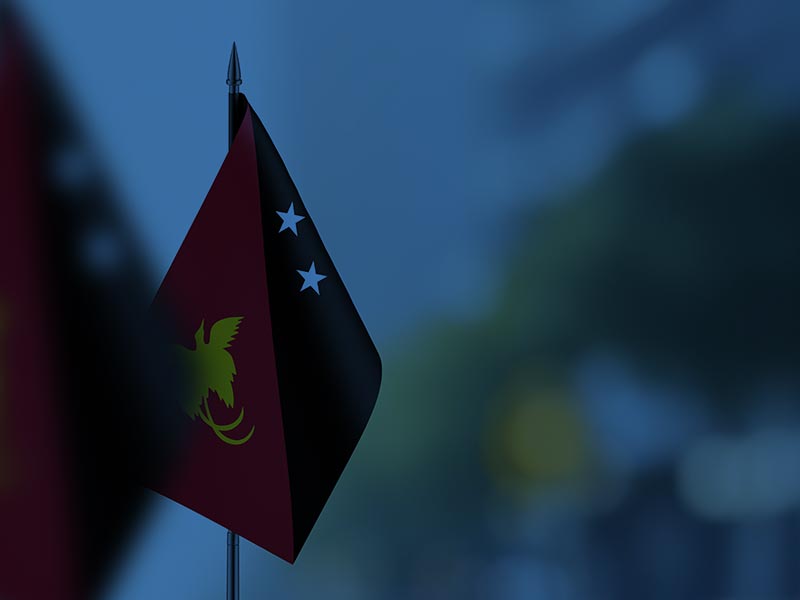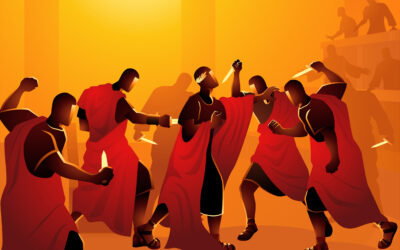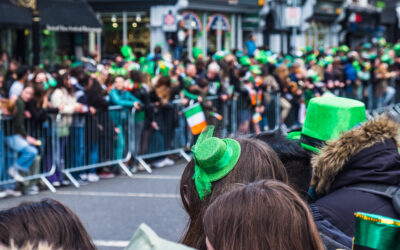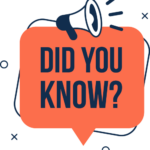Papua New Guinea (PNG) is home to over 800 languages, making it one of the most linguistically diverse countries in the world. This extraordinary variety accounts for nearly 12% of the world’s languages, with a population of around 9 million people. The languages are primarily divided into two groups: Austronesian and Papuan.
Austronesian languages, found mainly in coastal regions, include widely spoken languages like Tolai and Motu. These languages typically feature simpler grammatical structures, often adhering to a subject-verb-object (SVO) word order. Hiri Motu, for example, was developed as a trade language and is characterized by its accessibility.
In contrast, Papuan languages, predominantly spoken in the interior highlands, are highly diverse and do not belong to a single family. Languages such as Enga and Huli exhibit complex grammatical systems, including intricate verb conjugations and multiple noun classes. Some Papuan languages are also tonal, where pitch variations can change word meanings.
Additionally, Tok Pisin, a creole language derived from English, serves as a lingua franca and one of PNG’s official languages. While it simplifies many aspects of English, it incorporates indigenous vocabulary, reflecting the country’s rich cultural tapestry and linguistic heritage.
Related Articles
The Ides of March—A Day of History and Superstition
The Ides of March (March 15) became infamous due to the assassination of Julius Caesar in 44 BCE. The Roman leader was betrayed by a group of senators—including his friend Brutus—leading to one of...
The History of Barcodes—The Lines That Changed Shopping
Barcodes are one of the most important inventions in modern retail, but they didn’t become popular overnight. In 1949, a graduate student named Norman Woodland was inspired by Morse code to create a...
The History of St. Patrick’s Day Parades—A Celebration of Irish Pride
St. Patrick’s Day is closely associated with Ireland, but the first St. Patrick’s Day parade actually took place in New York City in 1762—organized by Irish soldiers serving in the British army....





